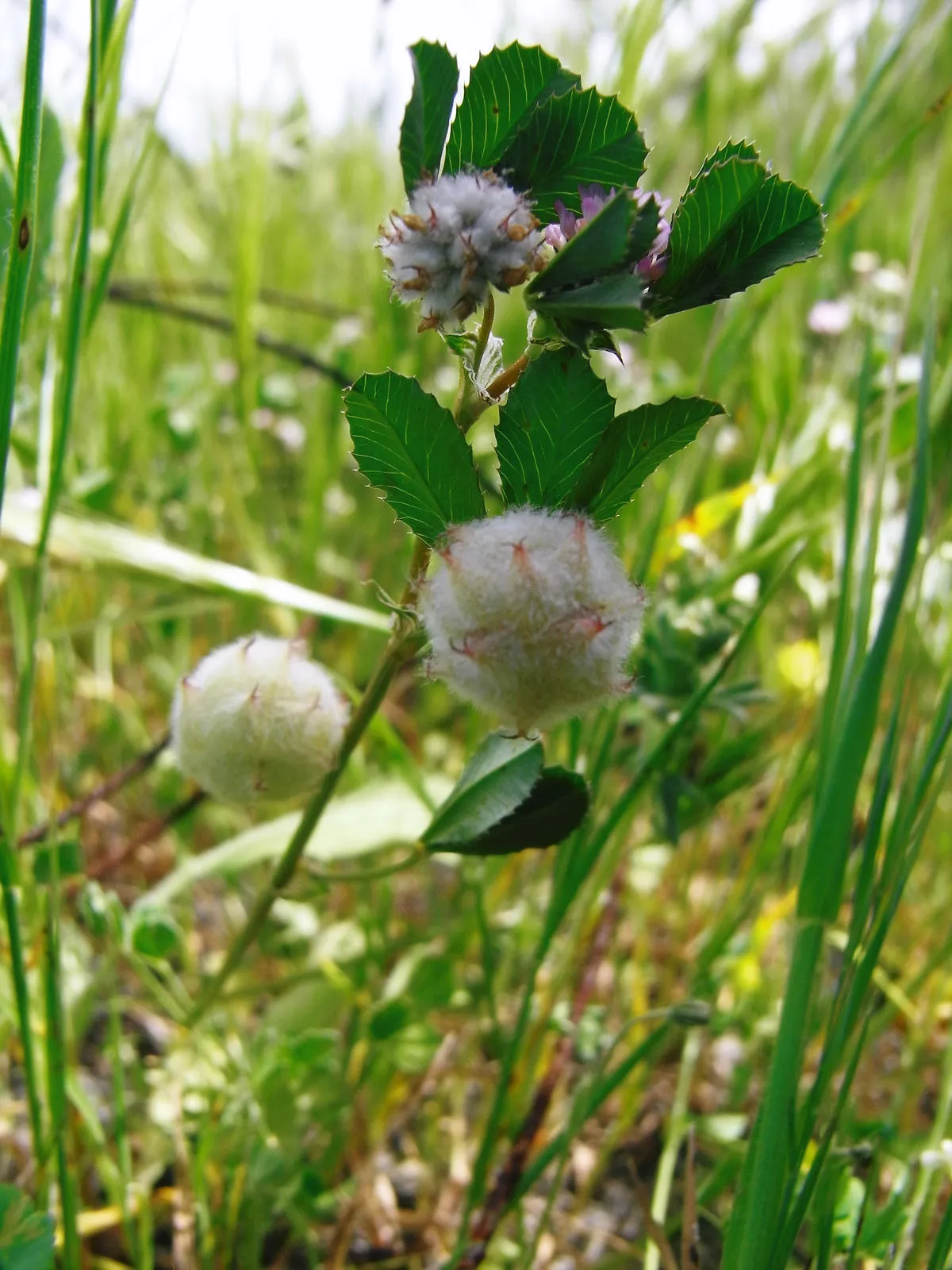
Author: L.
Bibliography: Sp. Pl.: 771 (1753)
Year: 1753
Status: accepted
Rank: species
Genus: Trifolium
Vegetable: False
Observations: Macaronesia, Medit. to Iran and NE. Sudan
Woolly clover, scientifically known as Trifolium tomentosum, is a fascinating member of the Fabaceae family. First described in 1753 by the renowned naturalist Carl Linnaeus in his seminal work “Species Plantarum,” this species has captivated botanists and plant enthusiasts alike with its unique characteristics and broad geographical distribution.
Woolly clover is primarily indigenous to a vast range that spans from Macaronesia, an archipelago in the North Atlantic Ocean, through the Mediterranean region, and extending all the way to Iran and northeastern Sudan. This wide distribution highlights the plant’s adaptability to various climatic conditions and terrains, from coastal areas to more arid inland regions.
The distinguishing feature of Trifolium tomentosum lies in its woolly appearance, a trait that not only imparts a distinct texture but also serves as a protective mechanism, safeguarding the plant against extreme temperatures and water loss. The woolly covering of the leaves and stems helps reduce transpiration and shields the plant from the harsh sunlight typical of many of its native locales.
As a member of the Fabaceae family, woolly clover plays a vital role in its ecosystem. Like other legumes, it has a symbiotic relationship with nitrogen-fixing bacteria in its root nodules, which enriches the soil by converting atmospheric nitrogen into a form that plants can readily absorb. This natural fertilization process improves soil fertility, benefiting surrounding plant life.
The growth habit of Trifolium tomentosum is typically prostrate, forming low mats that can spread across the ground. This growth pattern makes it an attractive option for ground cover in xeriscaping and sustainable gardening practices, where water conservation is a priority. Additionally, the woolly clover produces small, clustered flowers that are usually white or pinkish, adding a subtle yet charming aesthetic to the landscape.
In summary, woolly clover is a remarkable plant whose adaptability, ecological benefits, and unique appearance make it noteworthy. Its historical documentation by Linnaeus, coupled with its widespread presence from Macaronesia to northeastern Sudan, underscores its significance in both botanical science and environmental conservation.
Dan: middelhavs-kløver
Eng: woolly clover, woolly-head clover
Swe: ullklöver
Cym: meillionen wlanog
Nld: viltige klaver
En: Woolly clover, Woolly-head clover, Woolly-headed Clover
Ar: قداب (قَدَاب)، جدوب (جَدّوب), قرط (قُرط)، قدب (قَدْب)، قرض (قَرَض), كريشة الراعى
Ca: Trèvol tomentós
Da: Middelhavs-kløver
Nl: Viltige klaver
Fi: Nukka-apila
Fr: Trèfle cotonneux, Trèfle tomenteux, Trèfle à coton, Trèle tomenteux
De: Filz-Klee, Filziger Klee, Filzklee, Zwergerdbeerklee
He: תלתן לביד
Is: Hærusmári
It: Trifoglio tomentoso
Es: Trébol de algodón, Trébol siempreviva
Sv: Ullklöver
Tr: Yünlü üçgül
Cy: Meillionen wlanog
© copyright of the Board of Trustees of the Royal Botanic Gardens, Kew.
© copyright of the Board of Trustees of the Royal Botanic Gardens, Kew.
© copyright of the Board of Trustees of the Royal Botanic Gardens, Kew.
Growth habit: Forb/herb
Bloom months: [‘apr’, ‘may’, ‘jun’]
Family: Myrtaceae Author: (F.Muell.) K.D.Hill & L.A.S.Johnson Bibliography: Telopea 6: 402 (1995) Year: 1995 Status:…
Family: Rubiaceae Author: Pierre ex A.Froehner Bibliography: Notizbl. Bot. Gart. Berlin-Dahlem 1: 237 (1897) Year:…
Family: Sapindaceae Author: Koidz. Bibliography: J. Coll. Sci. Imp. Univ. Tokyo 32(1): 38 (1911) Year:…
Family: Asteraceae Author: A.Gray Bibliography: Pacif. Railr. Rep.: 107 (1857) Year: 1857 Status: accepted Rank:…
Family: Fabaceae Author: Medik. Bibliography: Vorles. Churpfälz. Phys.-Ökon. Ges. 2: 398 (1787) Year: 1787 Status:…
Family: Aspleniaceae Author: (Cav.) Alston Bibliography: Bull. Misc. Inform. Kew 1932: 309 (1932) Year: 1932…